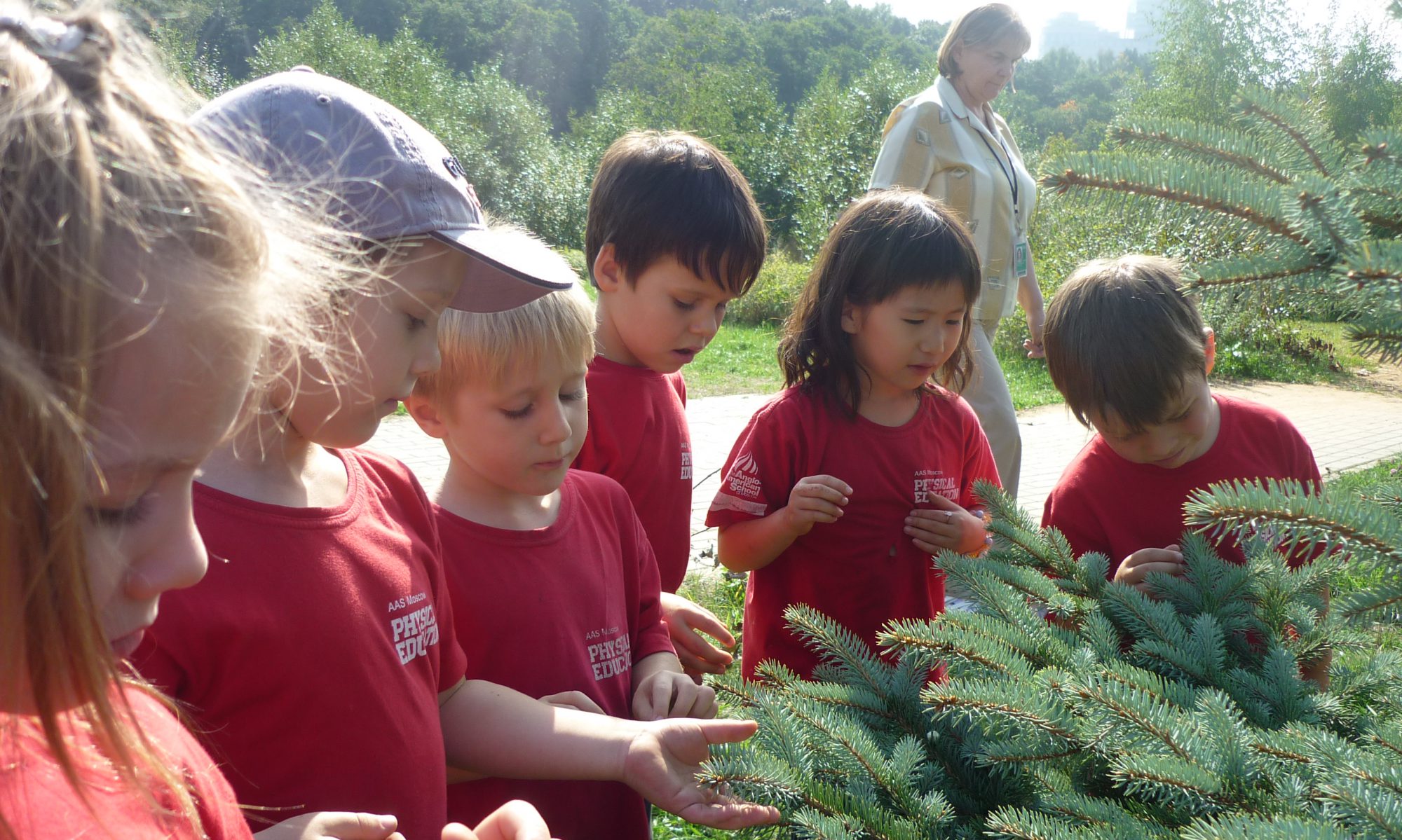KZE students spent some time reflecting on how they have grown as writers. They compared a piece of writing completed early in the year with the one completed recently. They identified what they used to do, what they can do now, and what they want to get better at. They took the ownership of setting goals for future improvement. We are all very proud of the progress they have made. Here are some of their reflection:
Daisy: “I used to write messy. I can’t re-read my writing. I didn’t leave spaces. Now I can write neatly, I can understand my writing. I leave finger spaces. I write slowly and carefully. I want to get better at leaving smaller spaces and writing some letters better.”
Emerson: “I did not use spaces and people could not read my writing. I could not write neatly and I could not write words correctly. Now I can use spaces, can write neatly and can write words correctly and people can read my writing. I want to get better at listening to all the sounds in the words and write them down.”
Fatima: “I used to write with details, but I could not re-read what I wrote. Now I use spaces and write good. I want to get better at writing.”
Freddie: “Before, I only used upper case letters, no finger space,and can not sound out words. Now I can use upper and lower case letters, use finger spaces, sound out words and use snap words.”
Hannes: ” I didn’t use labels. Now I add details in my writing. I leave finger spaces. I want to get better at writing by adding more details.”
Kyle: “I used to skip spaces when I write. People can’t read my writing. Now, I can leave spaces between words. I can sound out words so people can read. I use end punctuation at the end of sentences. I want to get better at spell words correctly.”
Liam: “I didn’t used words before. Now I can use lots of words and leave finger spaces. I add lots of details. I want to get better at writing neatly.”
Lisa: “I used to spell plant as ‘plat’. I used less details. I used to scribble scrabble. Now I can spell most words correctly. I also add lots of details. I write neatly. I want to get better at spelling difficult word.”
Lizzy: “I can not re-read my writing. I did not use much details in my writing. Now I can put lots of details.”
Michael: “I used to write not that good. Now I try to spell words, use labels, and leave finger spaces. I want to get better at writing difficult words.”
Scarlett:”Before I could not re-read my writing, I used to write my name and other words in upper case, I used to write ‘plants’ as ‘pla’ and I used to write ‘stem’ as ‘sueso’! Now I sound out all my letters and can spell them correctly. Now I can write better, I use punctuation and write a lot of details. I want to get better at writing and also knowing where to put a silent ‘e’.”
Trace:”I used to write really bad – like I can’t write at all! Now I can write like a writer and I am like the best writer in the class. I want to get better at writing the words right, using finger spaces all the time and also putting more details.”


 We reviewed and sorted fiction and non-fiction (information) books. Then we looked at real-life samples of different information writings including cookbooks, Lego instruction, “how to” books, and brochures. We had discussions about why people create information writing (to teach others to do things, make things or give information). We all agreed that we should learn from other writers on how to do information writing. After studying some mentor texts and sharing our observations, we created a chart that will help us to do our own.
We reviewed and sorted fiction and non-fiction (information) books. Then we looked at real-life samples of different information writings including cookbooks, Lego instruction, “how to” books, and brochures. We had discussions about why people create information writing (to teach others to do things, make things or give information). We all agreed that we should learn from other writers on how to do information writing. After studying some mentor texts and sharing our observations, we created a chart that will help us to do our own.